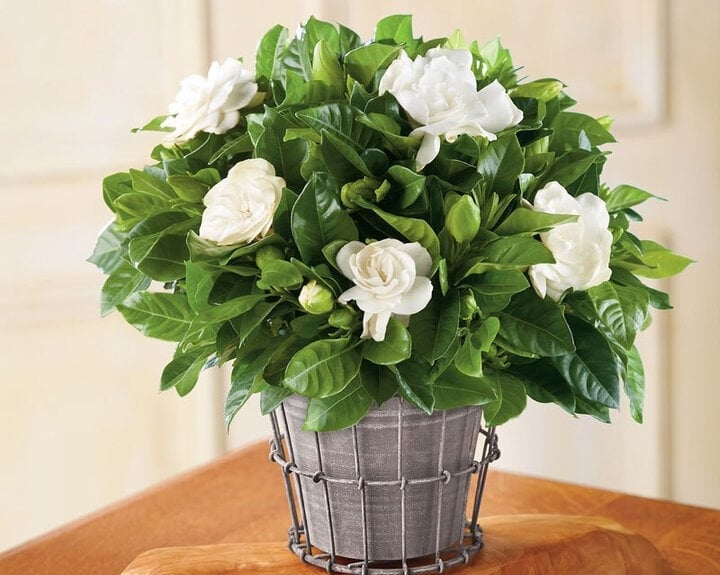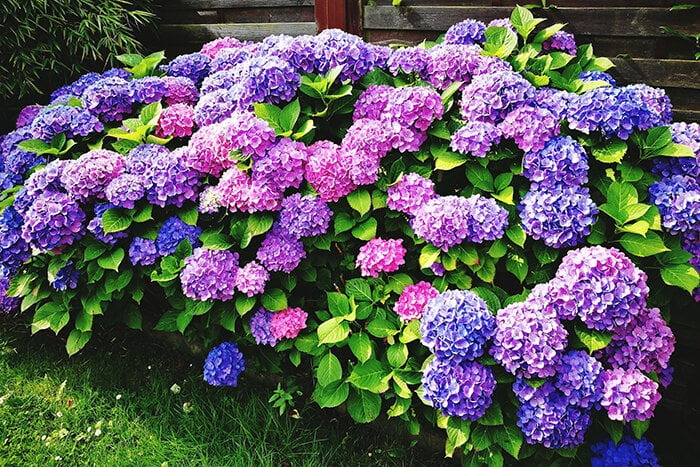Azaleas
Azaleas are beloved by many for their vibrant colors and the good luck they are said to bring. These flowers thrive in slightly acidic soil, and vinegar can be a helpful tool to adjust the pH to better suit their needs.
Diluted vinegar (at a ratio of 1:100) can be applied to the roots once a month. This encourages nutrient absorption, resulting in brighter and fuller blooms. This method not only improves the soil environment but also prevents alkalization, ensuring the azaleas’ robust growth. With consistent care, azalea blossoms will last longer and appear more lush.
Gardenias
Gardenias are admired for their pristine white flowers and refreshing fragrance. Similar to azaleas, they prefer acidic soil, so a monthly application of diluted vinegar (at a ratio of 1:200) will increase the soil’s acidity. This helps the plant absorb iron better and prevents leaf yellowing.
Be sure to dilute the vinegar sufficiently to avoid damaging the roots. Gardenias enjoy a moist environment but are susceptible to waterlogging, so take care to control the amount of water you use. Consistent use of vinegar and water to adjust the soil’s pH will result in greener leaves and larger, more fragrant blooms.

Gardenias captivate with their pure white flowers and refreshing scent.
Hydrangeas
The color of hydrangea blooms depends on the soil’s pH. To achieve a vibrant blue, a simple and effective method is to use vinegar. Applying a cup of diluted vinegar (1:100 ratio) once a month will increase the soil’s acidity and result in beautiful blue flowers.
Take care not to use a higher concentration of vinegar, as it may harm the roots. Evenly distribute the diluted vinegar on the soil surface and allow it to slowly absorb into the roots. In addition to vinegar, you can also add aluminum sulfate to intensify the blue color and encourage fuller blooms.

The color of hydrangeas is influenced by the soil’s pH level.
Clematis
Clematis, originally from China, is a climbing flower known as the “Queen of Flowers” due to its diverse varieties and vibrant colors. Clematis also favors acidic soil, so a monthly application of diluted vinegar positively impacts its growth. A cup of diluted vinegar (1:150 ratio) improves the soil’s acidity and promotes healthy bud formation and growth.
A higher concentration may damage the plant. Clematis requires ample water but be careful not to overwater to prevent root rot. Vinegar-infused water not only enhances nutrient absorption but also keeps the leaves from turning yellow, maintaining the plant’s health. With consistent care, the blooming period will lengthen, and the flowers will be more vibrant.
For flower enthusiasts, vinegar is a simple and effective tool. However, avoid using vinegar with salt, as it can quickly damage and wilt your plants.
The Ultimate Guide to Cleaning Your Blender: A Safe and Speedy Approach
As we embark on the task of cleaning our trusty blender, it’s important to exercise caution. The blades within are incredibly sharp, and one wrong move could result in a nasty cut. Safety must always come first when handling such equipment, so let’s approach this cleaning endeavor with care and precision.






































